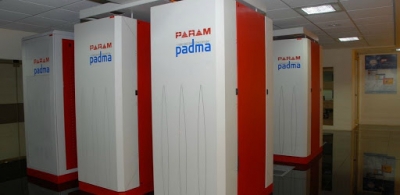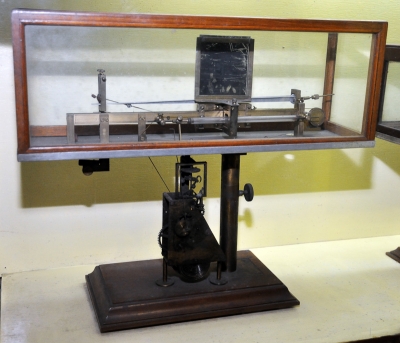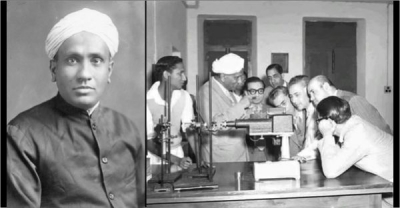
Some printed images use one solid colour. These words are printed in solid black ink, for example. The dots are so close together that no background colour shows through. Using increasingly widely spaced dots creates the impression of paler tones of grey.
The color model (process color, four color) is a subtractive color model, based on the CMY color model, used in color printing, and is also used to describe the printing process itself. CMYK refers to the four ink plates used in some color printing: Cyan, Magenta, Yellow, and Key (black).
The CMYK model works by partially or entirely masking colors on a lighter, usually white, background. The ink reduces the light that would otherwise be reflected. Such a model is called subtractive because inks "subtract" the colors red, green and blue from white light. White light minus red leaves cyan, white light minus green leaves magenta, and white light minus blue leaves yellow.
In additive color models, such as RGB, white is the "additive" combination of all primary colored lights, while black is the absence of light. In the CMYK model, it is the opposite: white is the natural color of the paper or other background, while black results from a full combination of colored inks. To save cost on ink, and to produce deeper black tones, unsaturated and dark colors are produced by using black ink instead of the combination of cyan, magenta, and yellow.
With CMYK printing, half-toning (also called screening) allows for less than full saturation of the primary colors; tiny dots of each primary color are printed in a pattern small enough that humans perceive a solid color. Magenta printed with a 20% halftone, for example, produces a pink color, because the eye perceives the tiny magenta dots on the large white paper as lighter as and less saturated than the color of pure magenta ink.
Without half-toning, the three primary process colors could be printed only as solid blocks of color, and therefore could produce only seven colors: the three primaries themselves, plus three secondary colors produced by layering two of the primaries: cyan and yellow produce green, cyan and magenta produce blue, yellow and magenta produce red (these subtractive secondary colors correspond roughly to the additive primary colors), plus layering all three of them resulting in black. With half-toning, a full continuous range of colors can be produced.
Picture Credit : Google














